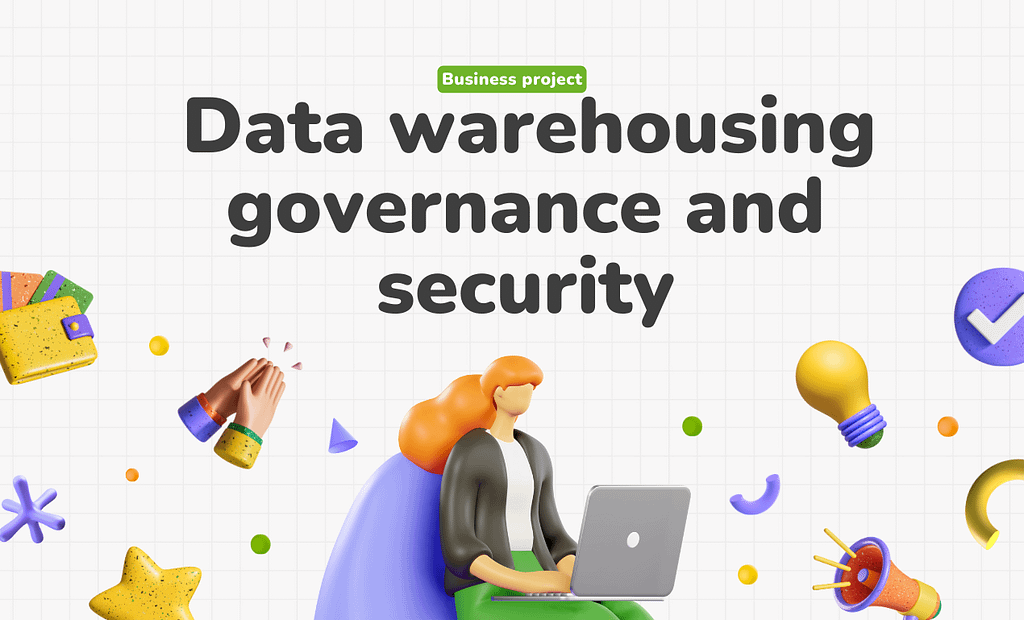Five Approaches to Data Warehousing Governance and Security

In the data technology of big statistics, information warehousing governance and safety are paramount for agencies to protect and correctly control their records property. Implementing strong governance and safety features guarantees data integrity, compliance, and safety against unauthorized access. Here are 5 key processes to information warehousing governance and safety:
1. Data Classification and Inventory
Data Classification: Categorize data based on its sensitivity and significance. This includes figuring out and tagging information as confidential, touchy, or public, taking into account suitable security measures to be carried out primarily based on the information classification.
Data Inventory: Maintain a complete stock of facts assets. This stock facilitates in tracking statistics sources, utilization, and motion, making sure that data governance rules are continuously carried out across the organisation.
2. Access Control and Authentication
Role-Based Access Control (RBAC): Implement RBAC to restrict get right of entry to to information primarily based on consumer roles and obligations. This guarantees that simplest authorized employees can get entry to touchy statistics, decreasing the chance of information breaches.
Multi-Factor Authentication (MFA): Enhance safety by requiring multiple sorts of verification before granting access to the information warehouse. MFA adds an additional layer of safety towards unauthorized get admission to.
3. Data Encryption
Encryption at Rest: Encrypt statistics saved inside the data warehouse to defend it from unauthorized get admission to and breaches. Encryption guarantees that even if facts is accessed, it stays unreadable without the suitable decryption keys.
Encryption in Transit: Protect facts throughout transmission by means of encrypting it because it moves among the information warehouse and different systems. This prevents interception and unauthorized get admission to in the course of information switch.
4. Data Auditing and Monitoring
Audit Logs: Maintain precise logs of all facts get right of entry to and modification sports. Audit logs offer a report of who accessed the statistics, what changes were made, and whilst those activities occurred, assisting in compliance and forensic investigations.
Continuous Monitoring: Implement continuous monitoring gear to hit upon and reply to suspicious activities in actual-time. Monitoring enables in figuring out capability protection threats and mitigating them earlier than they expand.
5. Compliance and Data Governance Policies
Compliance Frameworks: Adhere to enterprise standards and regulatory requirements which includes GDPR, HIPAA, and CCPA. Implementing compliance frameworks ensures that facts handling practices meet criminal and regulatory requirements.
Data Governance Policies: Develop and enforce comprehensive facts governance policies. These rules need to outline statistics control practices, safety protocols, and roles and obligations, making sure regular and secure facts handling across the company.
Table of Contents
Conclusion
Effective data warehousing governance and protection are crucial for defensive touchy statistics and preserving data integrity. By implementing data classification, access control, encryption, auditing, and compliance measures, businesses can guard their facts assets and make certain robust information governance. In the evolving panorama of statistics management, staying in advance with these methods is critical for mitigating risks and achieving statistics safety objectives.
